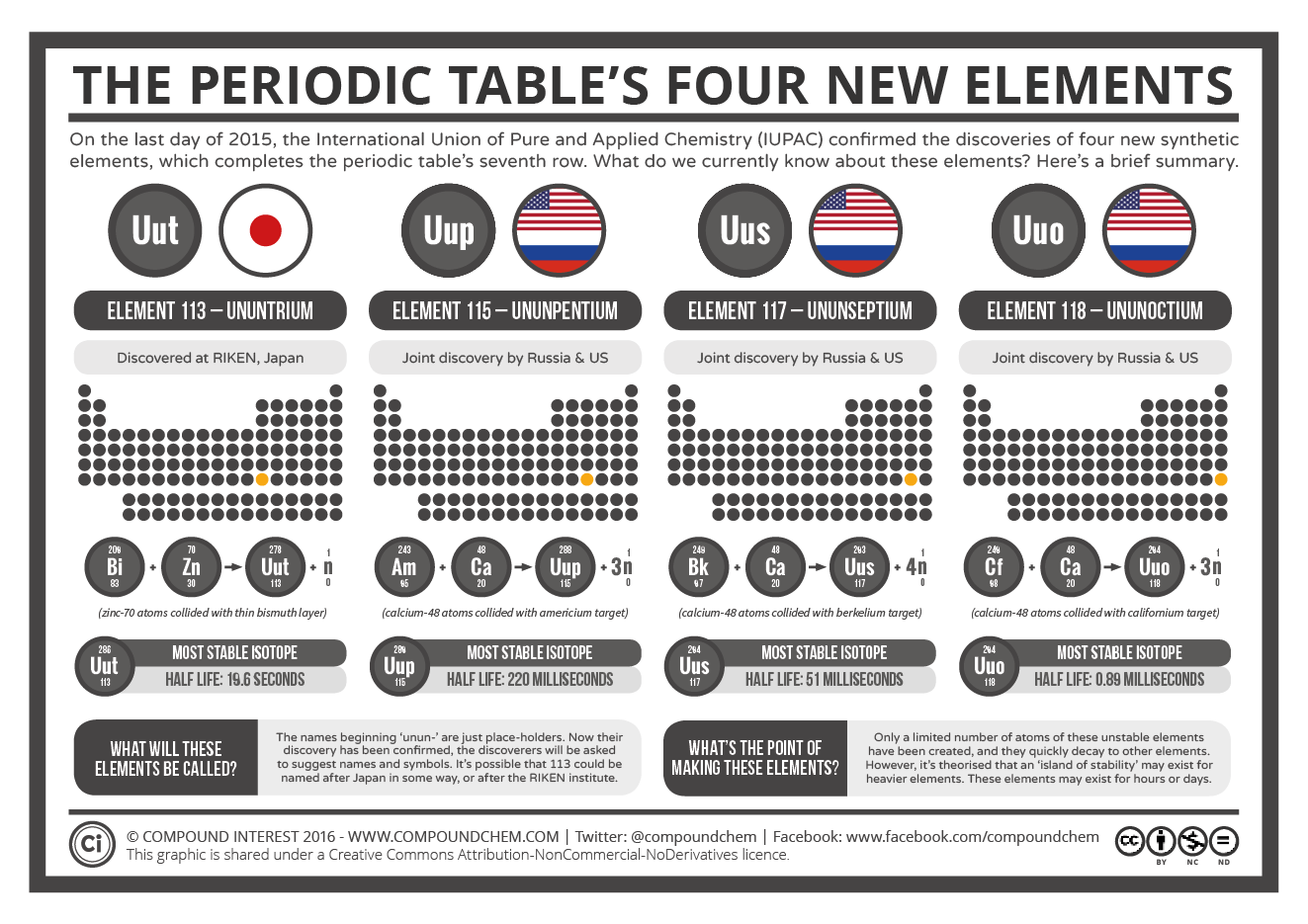

Like ionization energy, electronegativity decreases as you go down a column and increases as you go across a period from left to right. So, elements in groups 1 and 2 will tend to form ionic compounds. When you compare elements in groups 1 and 2 (on the left) with those in 16 and 17 (on the right), you'll find that the elements in the first groups have lower ionization energies, won't hold on to their valence electrons as tightly and will tend to form cations. If you look at the periodic table, ionization energy tends to decrease as you move down a column and increase as you move across a period from left to right.
:max_bytes(150000):strip_icc()/ThoughtCo_How-To-Use-A-Periodic-Table-608807_V34-bd81550996324d95866f3c61f95744e0.gif)
Let's see how these factors can help predict what type of chemical reactions any two elements will make. The more energy levels between the valence electrons and the nucleus, the more shielding. Shielding: inner electrons tend to shield the outer electrons from the attractive force of the nucleus.The more protons, the greater the nuclear charge. Nuclear charge: the attractive force between the positive protons in the nucleus and the negative electrons in the energy levels.Electronegativity: a measure of how tightly an atom holds onto its valence electrons.Ionization energy: the amount of energy it takes to strip away the first valence electron.But how do you know which element will react with which to produce an ionic or a covalent compound? That depends on a few factors:
#Periodic table of elements with trends full
Second, nonmetals tend to share electrons so that both atoms have full outer energy levels they form covalent compounds. In the end, both ions have a full outer energy level. An ion with more electrons than protons is negatively charged and is called an anion (comes from the nonmetal). An ion with more protons than electrons is positively charged and called a cation (comes from the metal). When an atom gains or loses a valence electron, it forms an ion. The nonmetal atom takes one or more valence electrons from the metal atom. First, metals react with nonmetals to form ionic compounds. And if you look at the table as a whole, some big trends start to emerge that tell us how one element will react with another.īefore we can see these trends, a quick chemistry recap might be good. If you're looking at it, you're casually taking in work that scientists have spent lifetimes struggling with.

You will need this knowledge to assign the most tricky fallen-out elements.Īt the end of the simulation, a special visitor will be coming by the lab, and she needs you to help her understand the basics of the periodic table.It's handy to know about what group a particular element resides in and what its atomic structure is like, but that's not all the periodic table has to tell you. Moving on to the virtual holo-table, you will investigate these trends and deduct how they behave when you move within and between periods and groups of the table. There are surprisingly many atomic properties for which trends can be observed via the periodic table. You may need to use your knowledge about element classes as well to get the full overview. To sort the first few elements in the table you can observe their flame colors. But the table in this virtual lab lab is broken some of the elements have fallen out, and it’s your mission to figure out where they belong by investigating their characteristics and properties. The periodic table is an amazing tool for getting an overview of all the elements in existence, even the elements that only exist when we create them ourselves. Find out which elements have metallic characteristics, perform a flame test, and explore trends in atomic properties among the main groups and periods. Light up the elements! In this simulation, you will learn all the fundamental ins and outs of the periodic table.


 0 kommentar(er)
0 kommentar(er)
